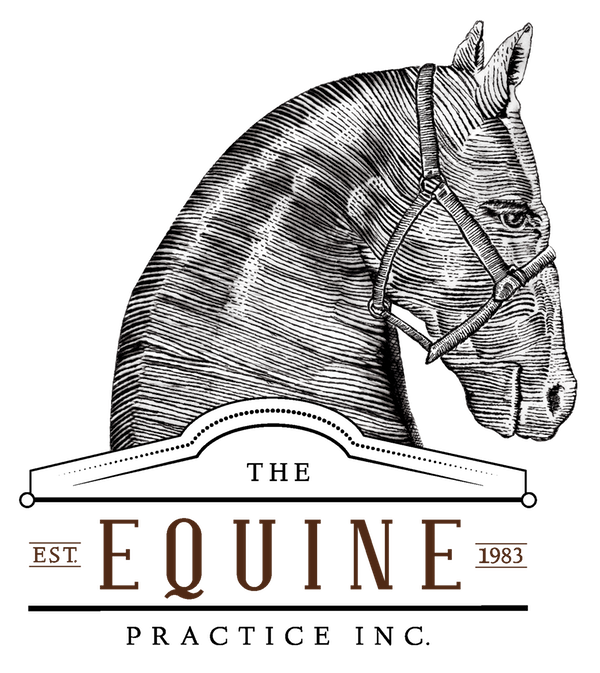24 Caps In 2 Years
Regarding horse teeth, caps are what we humans call our baby teeth. Technically, they are called deciduous teeth because they fall off like the leaves of a deciduous tree. They sit like a cap on your head over the permanent tooth erupting below it. They are located over the incisor teeth (the nippers directly behind the lips – six on top and six on the bottom) and the premolars (the first three cheek teeth counting from the front to the back – top and bottom, both sides = 12 teeth). Between the ages of 2 1/2 and almost five years of age, these caps are jettisoned from the mouth.
Hanging Caps, Broken Caps, Cap Remnants All Can Cause Discomfort
Often, the break away from the mouth is uneventful. However, on occasion, two problems can occur. First, during the maturation, the tooth loosens but does not come off. The telltale sign is a foul odor from the young horse’s mouth. Second, an attachment of the cap breaks off, leaving a hard piece between the permanent tooth and the gum (like a kernel of popcorn stuck between your tooth and gum). This can become a source of localized infection and pain and must be removed. They are more easily discovered with fingers than with eyes.
